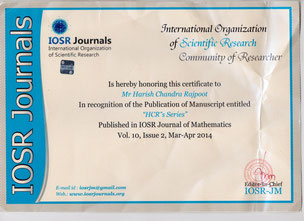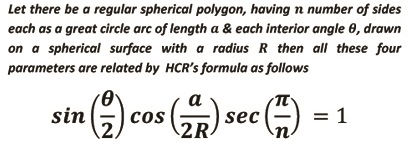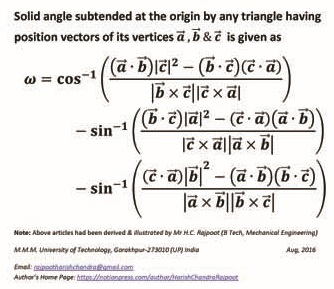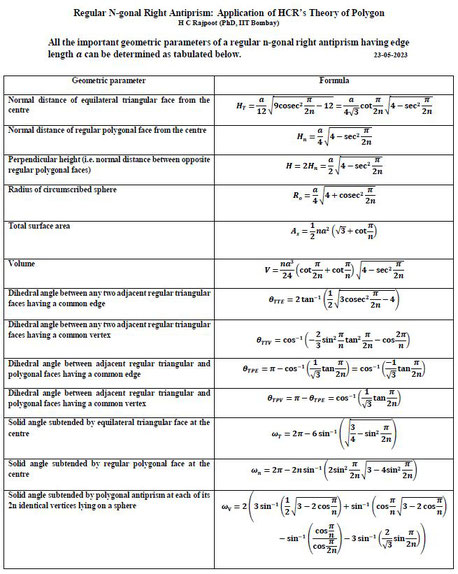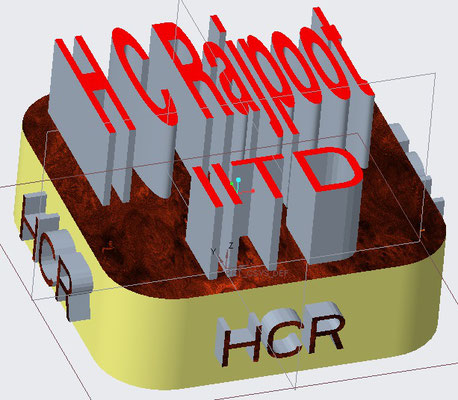About
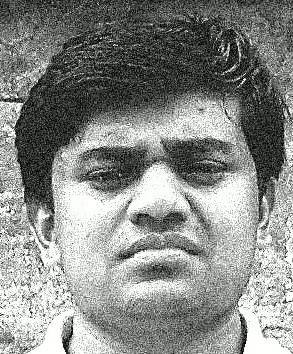
In the ancient world when the mathematics was not much advanced, it was not too difficult to develop concepts and derive theorems, & formulas but due to advancement in mathematical researches it is rather difficult but not impossible to invent new concepts, formulas or theories in the field of Mathematics in the present scenario. Although, it was his dream to find out some extra-ordinary things in the field of Mathematics as it was his interesting subject. He was much interested in Algebra, Geometry, Trigonometry, Calculus & Theoretical Physics since his early education especially Intermediate. He was not perfectly sure what was to discover, existing or non existing even in 21th century, but he made his mind to invent some extra-ordinary formula in Mathematics which had never been thought by any mathematician till his completing intermediate in 2009-2010. Really, he was much interested in deriving new concepts & formula rather to solve the existing problems of Mathematics & Physics, although he wasn't sure about anything but insisting to discover extra-ordinary, fond of dealing with the concepts, derivations & complex formula, causing him to go through the fundamentals with his own efforts, especially in Mathematics. However he is highly enthusiastic & valiant for new findings in Mathematics & never cares about it leading to any failure. He always likes to think freely about creating new concepts & formula. He is open-minded, free-minded & so daring that no failure can depress/frustrate him even a bit. However, in case of any failure, he simply changes his way of thinking & way of working.
Mr Rajpoot belongs to a middle class family living in a rural village Buraura which is in the district Mahoba of state Uttar Pradesh in India. After passing his 8th class exam from Sardar Patel Junior High School, Kilhauwa (nearer to his village in Mahoba district) in 2005, he got admission to D.A.V. govt. Inter College (UP, Board) in district Mahoba (a historical place of ancient warriors) in 2006.
Unfortunately, he became seriously sick few weeks before to his exam & had to drop in 11th class in 2007 . After getting recovered, his father took him to Kanpur where he got admission to Oxford Model Inter Collage, (Hindi Medium, UP Board) Kanpur in 2008. He learnt a lot of things from his well experienced teachers & got in better environment with CBSE students in college hostel. It helped him very much to interact & communicate the CBSE students in English language. Thus with his own efforts he, being a Hindi Medium student, learnt many a concept of Mathematics & Physics from the books of English Medium students. He became the favorite student to his teacher of Physics Mr Upendra Sir who mentored & helped him a lot in his studies at the college as well as at his home & encouraged him for doing the best. He was appreciated for his better performance in Physics & Mathematics by his teachers, principal & manager of the college. Therefore, being inspired & encouraged, he developed a great interest & decided to make research in the field of Mathematics & Physics by his own efforts. Although, he was less interested in games & sports but he used to utilize most of his free time in Mathematical derivations, estimations/analysis & creating new concepts in Physics. He was deeply affected by Lambert's cosine formula, dealing with luminous flux density over a plane surface, in 12th class. He observed that Lambert's formula needed improvement since it was not giving accurate results in each case accordingly. He then decided to modify it in future as he was unable to actually understand & apply the concept of 'Solid Angle'. Although, concept of 'Solid Angle' deeply inspired him for research in 3-D Geometry & then to apply it in Photometry to modify Lambert's formula to give mathematically correct results for 2-D & 3-D figures.
After passing his Intermediate in 2009, he went to Kanpur for preparation of Engineering exams where he, as a result of deep studies, derived a concept of finding out the hierarchical ranks of linear permutations like alphabetic words, numbers & other permutations of non-algebraic articles in 2010. He had to close his research files prior to his engineering exams. As a result, he got admission to Madan Mohan Malaviya Engineering College (at present M.M.M. University of Technology), Gorakhpur-273010 (UP) India in August, 2010.
Being inspired by his teachers & elder brother Mr Chandra Shekhar Rajpoot (at present, MBBS), he started to write his first educational book of Geometry. He included all his research articles of Geometry, Trigonometry & Radiometry in this book which was published in March, 2014 by Notion Press, Chennai, India. Then he modified his formula to apply it on all the linear permutations of certain algebraic & non-algebraic articles as well as on the circular permutations under certain conditions. As a result, using his formula, he proved that the factorial of any natural number can be expanded as the sum of finite terms of first natural numbers multiplied by their own factorials. He correlated all the linear permutations of alphabetic letters & digits to that of the various articles having different shape, size, color, surface-design etc. for ease of understanding. He proposed "Theory of Polygon" used to calculate solid angle subtended by any polygonal plane at any point in the space. Using his own theory, he derived the simplest & most versatile formula for all five platonic solids to calculate all the important parameters. This is entitled as "HCR's Formula for Platonic Solids". Although, he didn't have any idea about Euler's formula of platonic solids. Using his theory & formula, he analysed Archimedean solids, Goldberg polyhedra & various truncated & expanded polyhedra. He generalized & tabulated the various important parameters of regular & uniform polyhedra.
His rank formula, proven as the greatest logical formula which universal for linear as well as circular permutations in the field of Algebra, published in International Journal of Mathematics & Physical Sciences Research, (www.resarchpublish.com Manuscript ID: 004022014A)
He, with 19 team members of his class, made ATV (All terrain vehicle) first time at his college M.M.M.E.C. since its establishment in 1962 & participated Auto Competition (at National Level) held @ Indore in 2013. He completed his graduation in Mechanical Engineering with honour in 2014 & he is continuously making his best contributions in the field of mathematics especially in Geometry, Algebra & Radiometry (mathematical analysis). He received his master's degree in Production Engineering from Indian Institute of Technology Delhi.
He is currently studying for a Ph.D. at Indian Institute of Technology Bombay.
HCR's Mathematical legacy ©Harish Chandra Rajpoot




















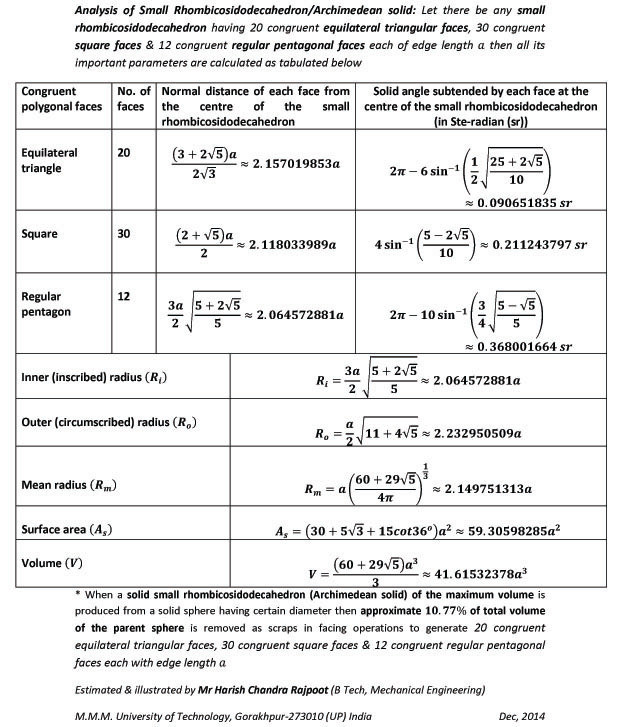

















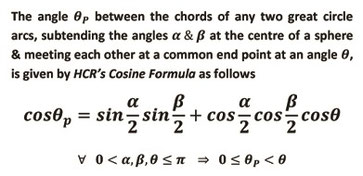
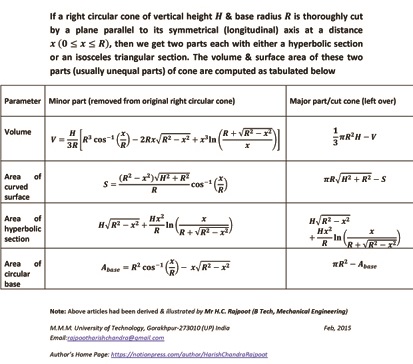
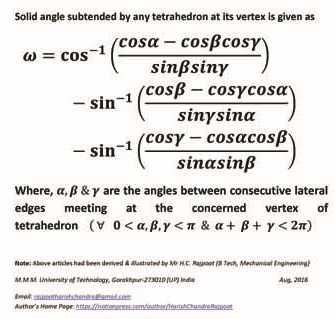


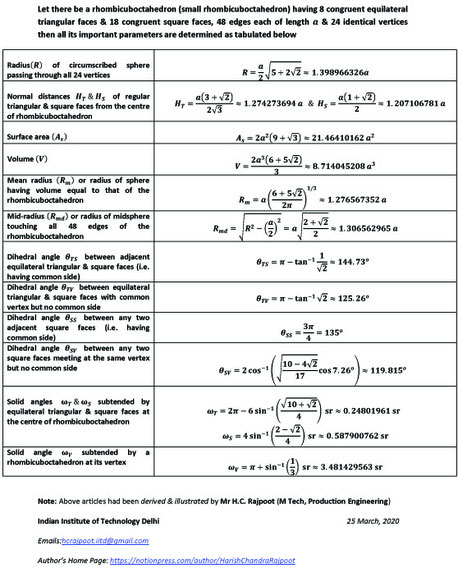
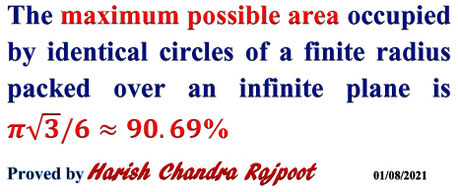
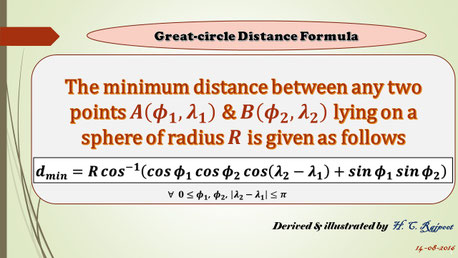
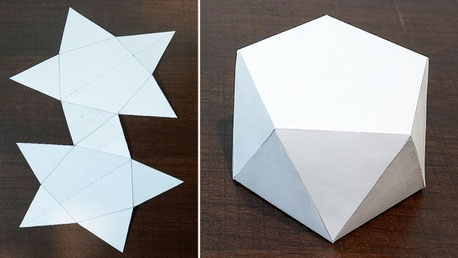
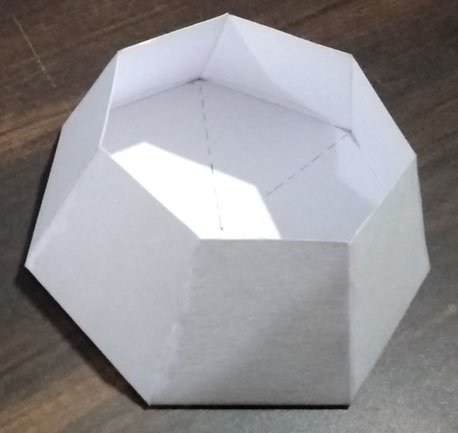







This site has been created, in good faith, merely for keeping the records of biography, mathematical formulae & outstanding achievements of H.C. Rajpoot in the field of Mathematics specifically Algebra, Geometry, Trigonometry & Radiometry in Mathematical Physics.
Copyright ©2014 - 2024. All Rights Reserved
 Harish Chandra Rajpoot (PhD @ IIT Bombay)
https://iitd.academia.edu/HarishChandraRajpoot
Harish Chandra Rajpoot (PhD @ IIT Bombay)
https://iitd.academia.edu/HarishChandraRajpoot



